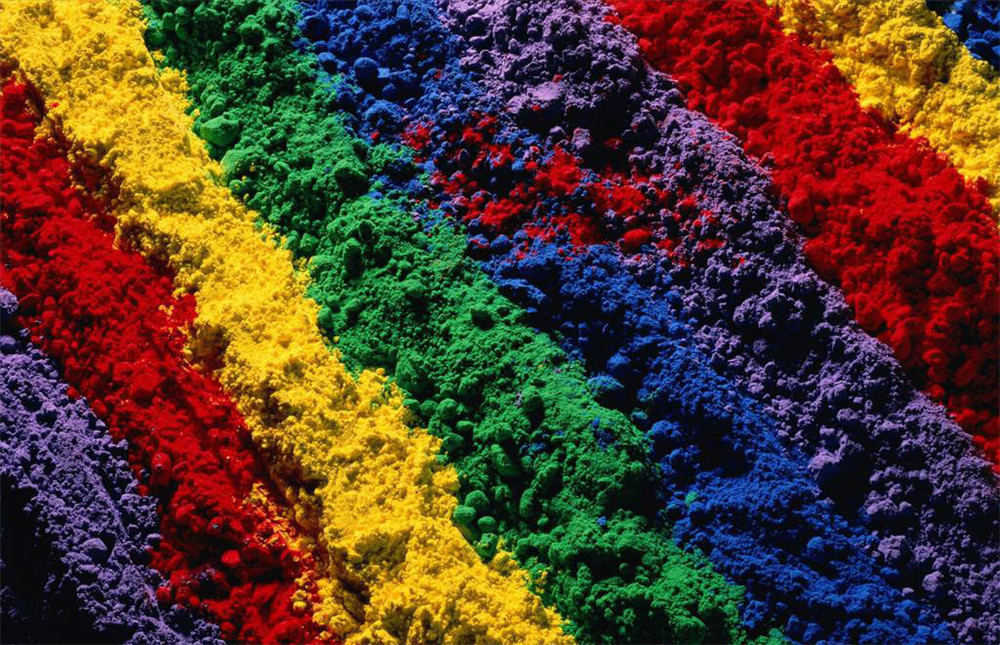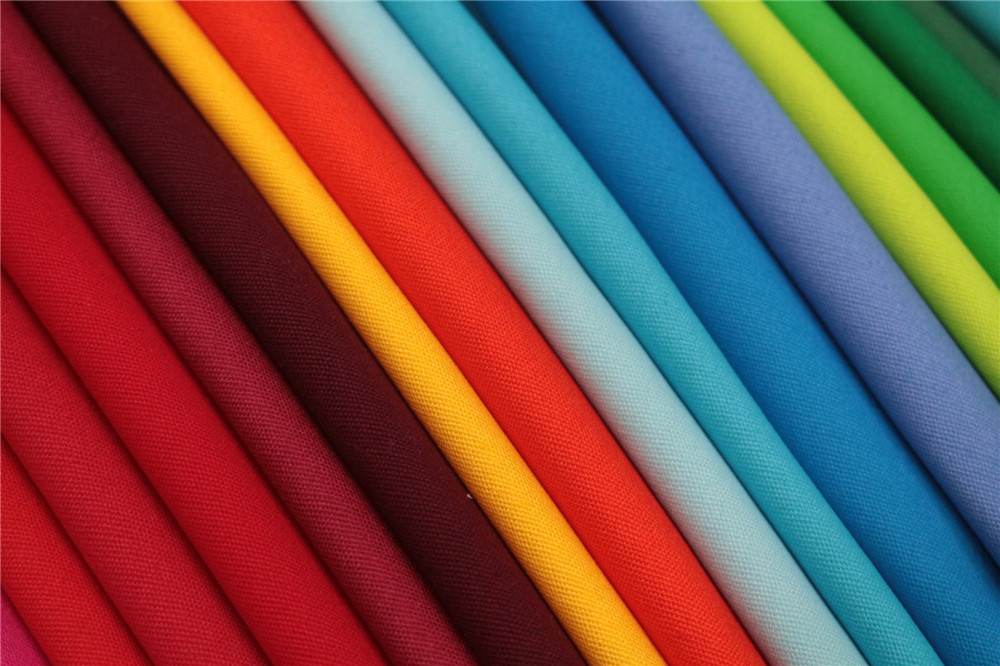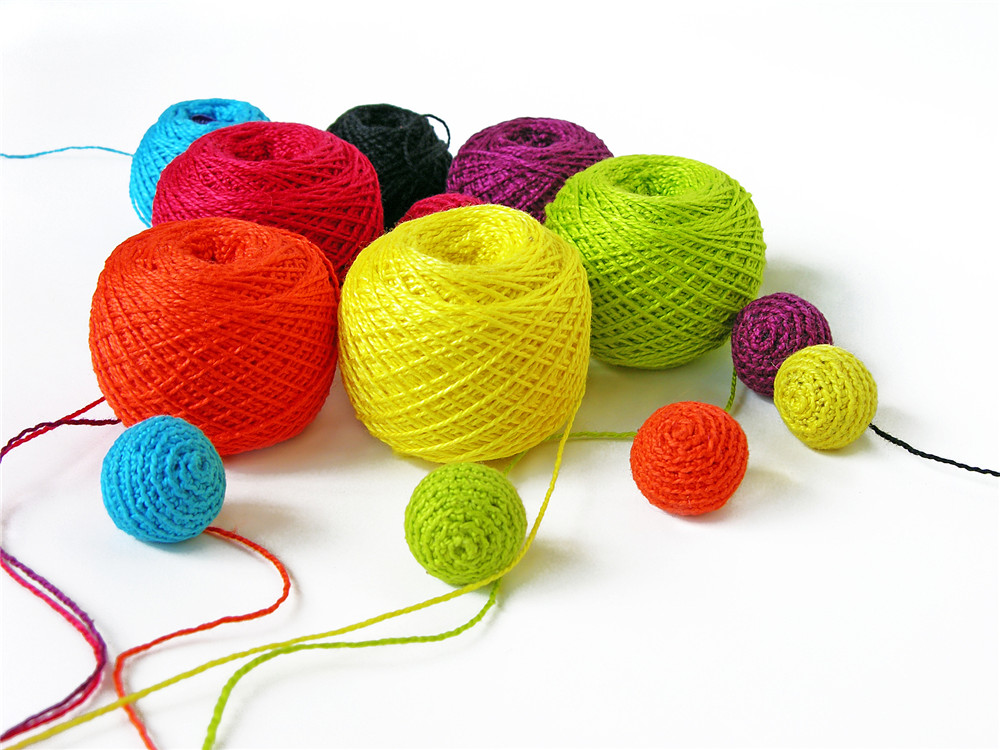Common dyes are divided into the following categories: reactive dyes, disperse dyes, direct dyes, vat dyes, sulfur dyes, acid dyes, cationic dyes and insoluble azo dyes.

Reactive dyes are the most often used, which are usually applied in dyeing and printing for fabrics of cotton, viscose fiber, Lyocell, Modal andflax. Silk, wool and nylon are also commonly dyed by reactive dyes. Reactive dyes are composed of three parts, as parent, active group and linking group. According to the classification of active groups, the commonly used are monochlorotriazine dyes, vinyl sulfone dyes and dichlorotriazine dyes, etc. Dichlorotriazine dyes should work at room temperature or below 40℃, which are called low temperature dyes. Vinyl sulfone dyes generally work at 60℃, which are called medium temperature dyes. Monochlorotriazine dyes work at 90~98℃, which are called high temperature dyes. Most of the dyes applied in reactive printing are monochlorotriazine dyes.

Disperse dyes are often applied in dyeing and printing for polyester and acetate fibers. The dyeing methods for polyester by disperse dyes are high temperature and high pressure dyeing and thermosol dyeing. Because carrier is poisonous, carrier dyeing method are used very fewly now. High temperature and high pressure method is applied in exhaust dyeing while jig dyeing and thermosol dyeing process is in padding dyeing. For acetate fibers, they can be dyed at 80℃. And for PTT fibers, there can achieve very high dye-uptake at 110℃. Disperse dyes can also be used to dye nylon in light color, which have good leveling effect. But for medium and dark color fabrics, the washing color fastness is poor.
Direct dyes can be used to dye cotton, viscose fiber, flax, Lyocell, Modal, silk, wool, soybean protein fiber and nylon, etc. But generally the color fastness is bad. So the application in cotton and flax is on the decrease while they are still widely used in silk and wool. Direct blends dyes are high temperature resistance, which can be used together with disperse dyes in same bath to dye polyester/ cotton blends or intertexture.
Vat dyes are mainly for cotton and flax fabrics. They have good color fastness, as washing fastness, perspiration fastness, light fastness, rubbing fastness and chlorine fastness. But some dyes are photosensitive and brittle. They are usually used in padding dyeing, in which dyes should be reduced to dye and then oxidized. Some dyes are made into soluble vat dyes, which are easy for using and expensive.
Cationic dyes are mainly used in dying and printing for acrylic fiber and cationic modified polyester. The light fastness is excellent. And some dyes are particularly bright.
Sulfur dyes are commonly used for cotton/ flax fabric with good covering performance. But the color fastness is poor. The most consumable one is sulfur black dye. However, there exists the phenomenon of storage brittle damage.
Acid dyes are divided into weak acid dyes, strong acid dyes and neutral dyes, which are applied in dyeing process for nylon, silk, wool and protein fiber.

Because of the environmental protection problem, insoluble azo dyes are now rarely used.
In addition to dyes, there are coatings. Generally coatings are used for printing, but also for dyeing. Coatings are insoluble in water. They are adhered to the surface of fabrics under the action of adhesives. Coatings themselves will not have chemical reaction with fabrics. Coating dyeing is generally in long car padding dyeing and also in setting machine for mending color. For resist printing of reactive dyes, generally there uses coatings, and adds ammonium sulfate or citric acid.
Post time: Sep-29-2019


